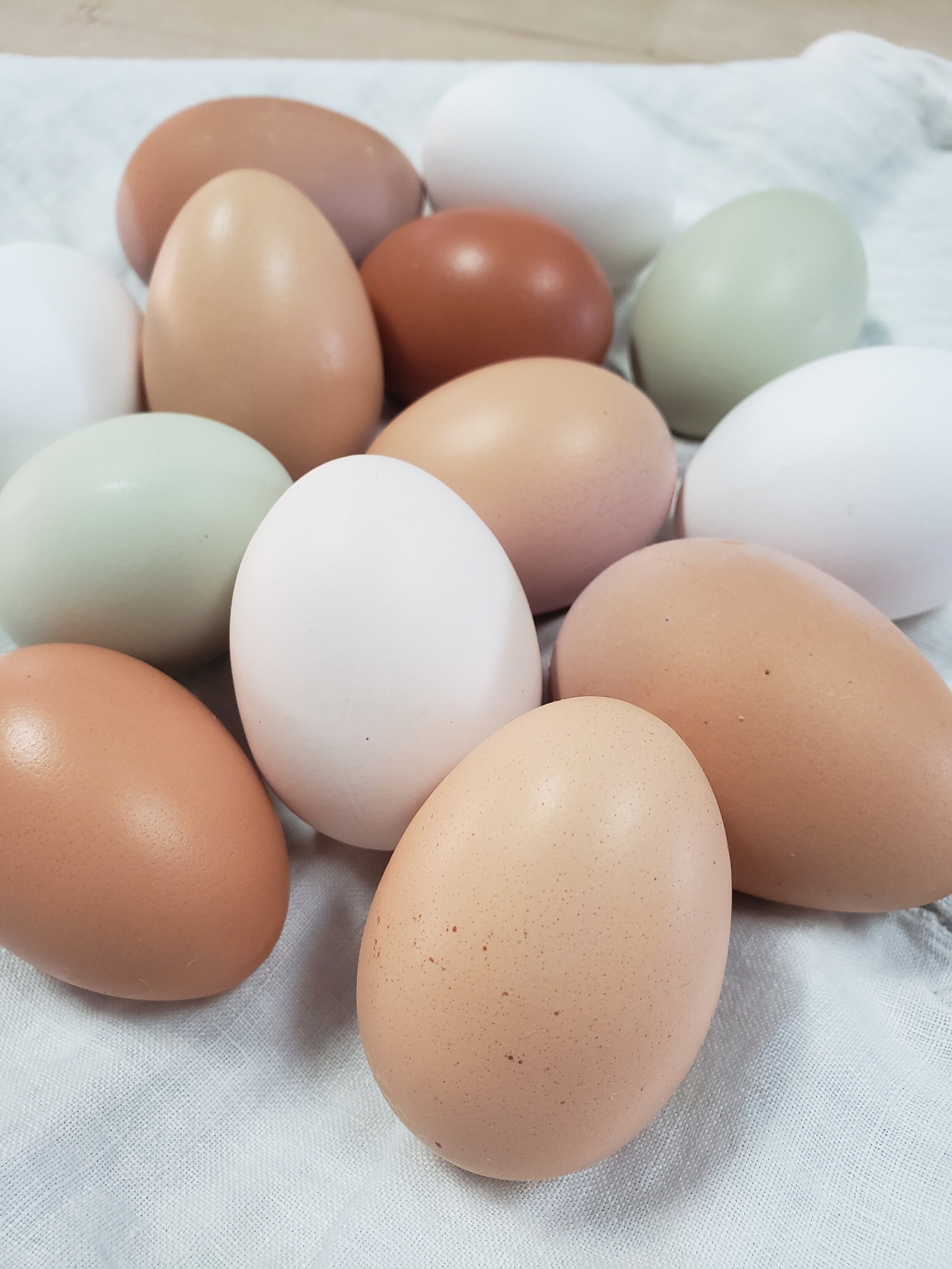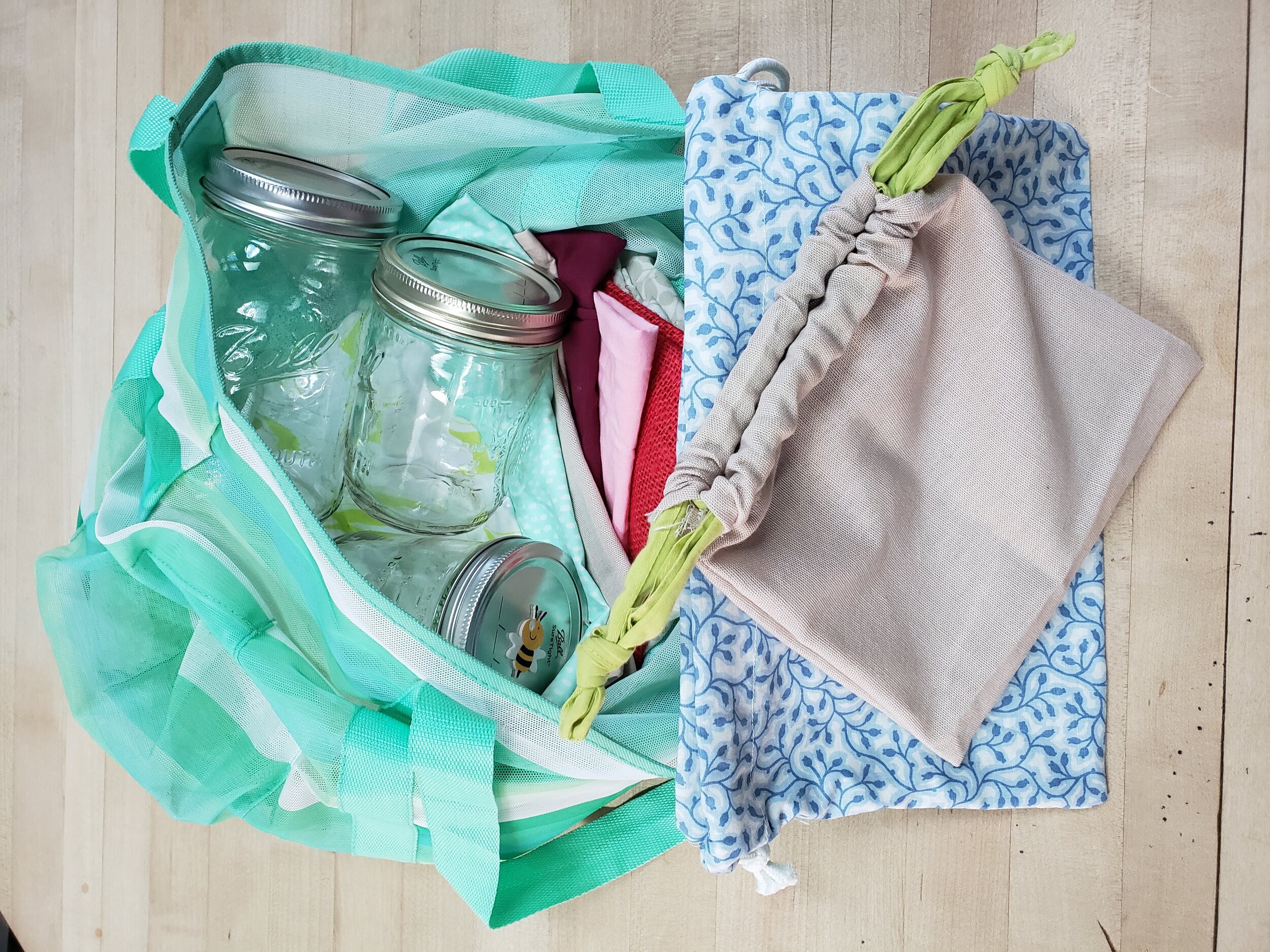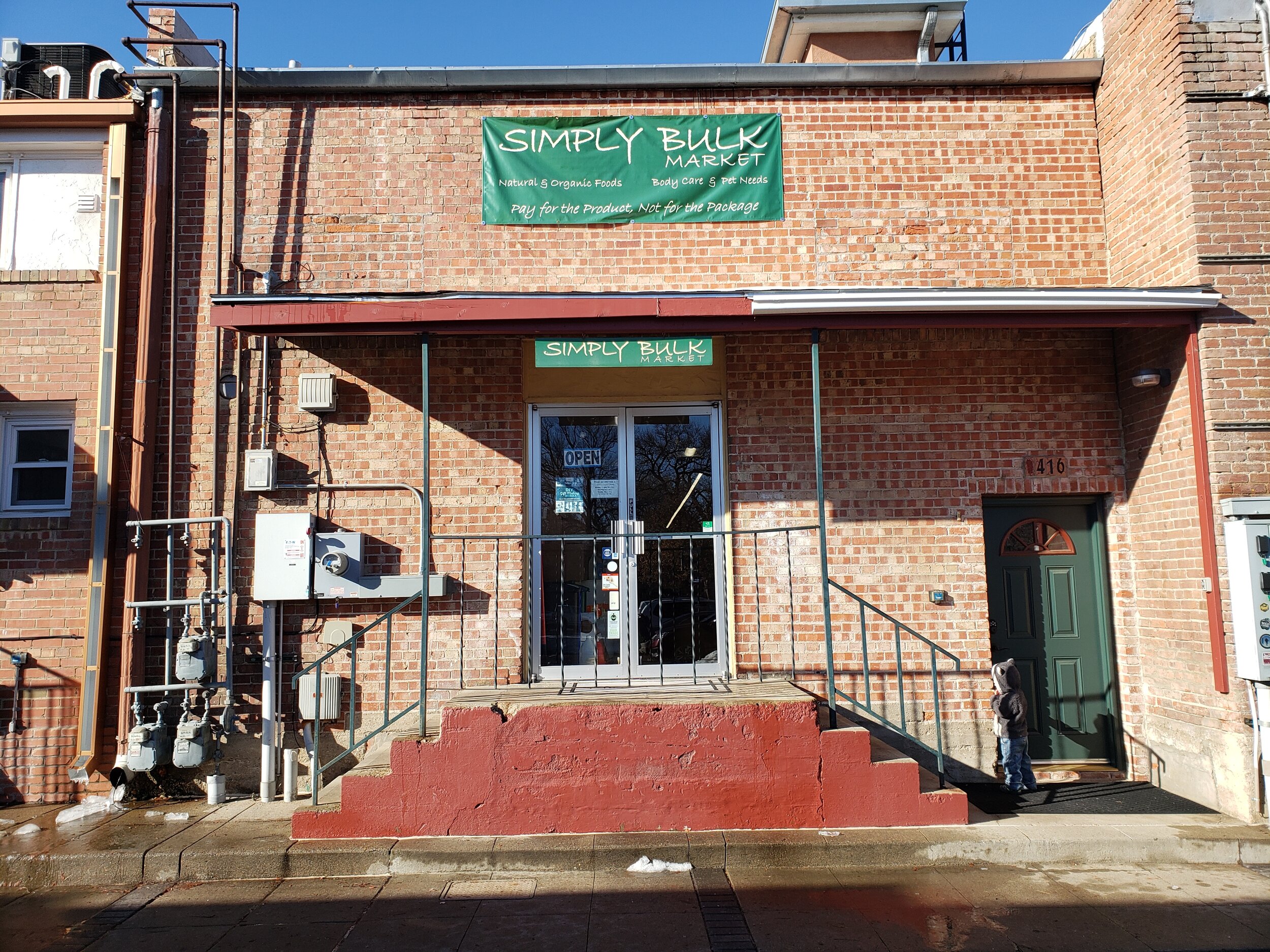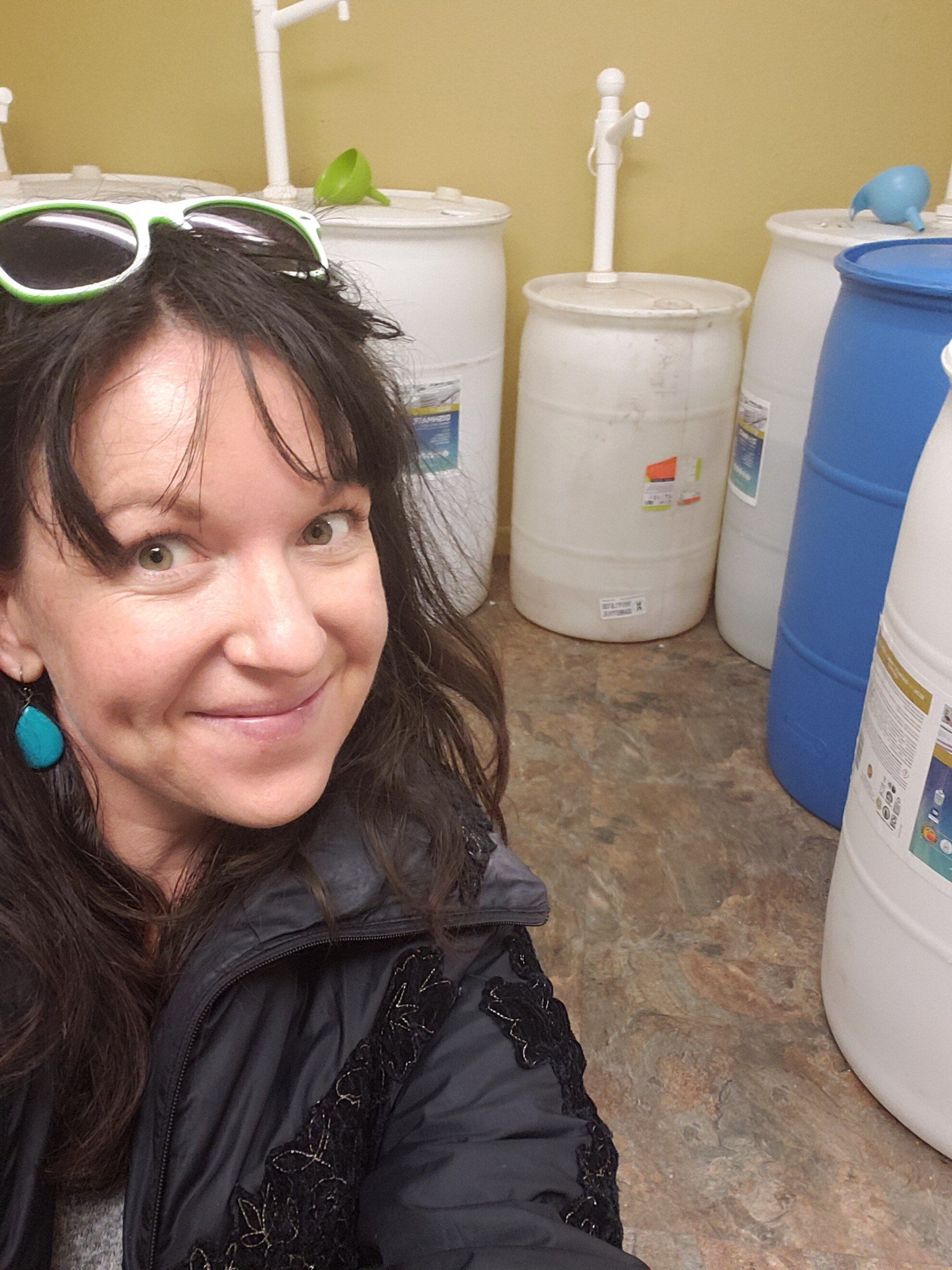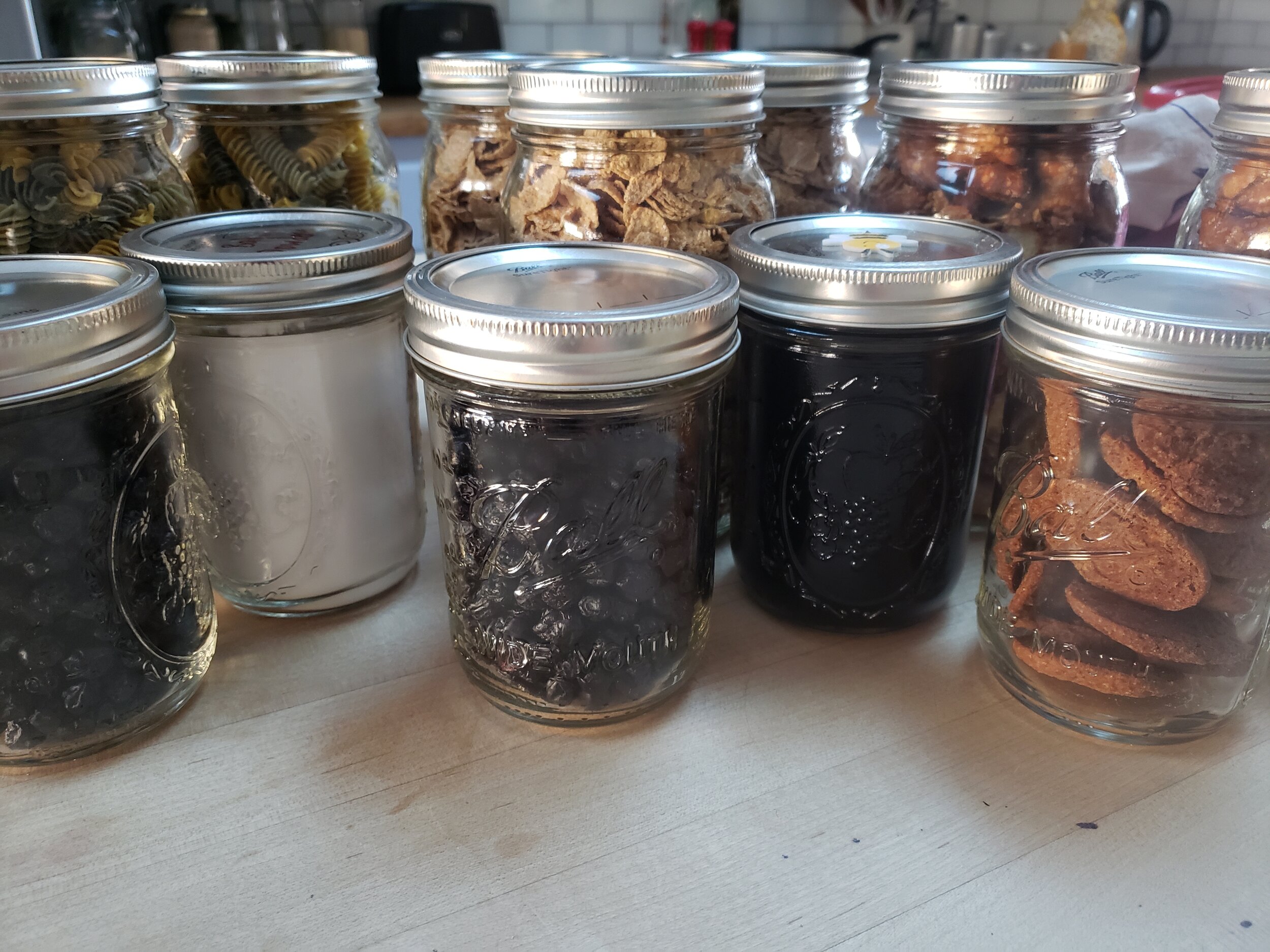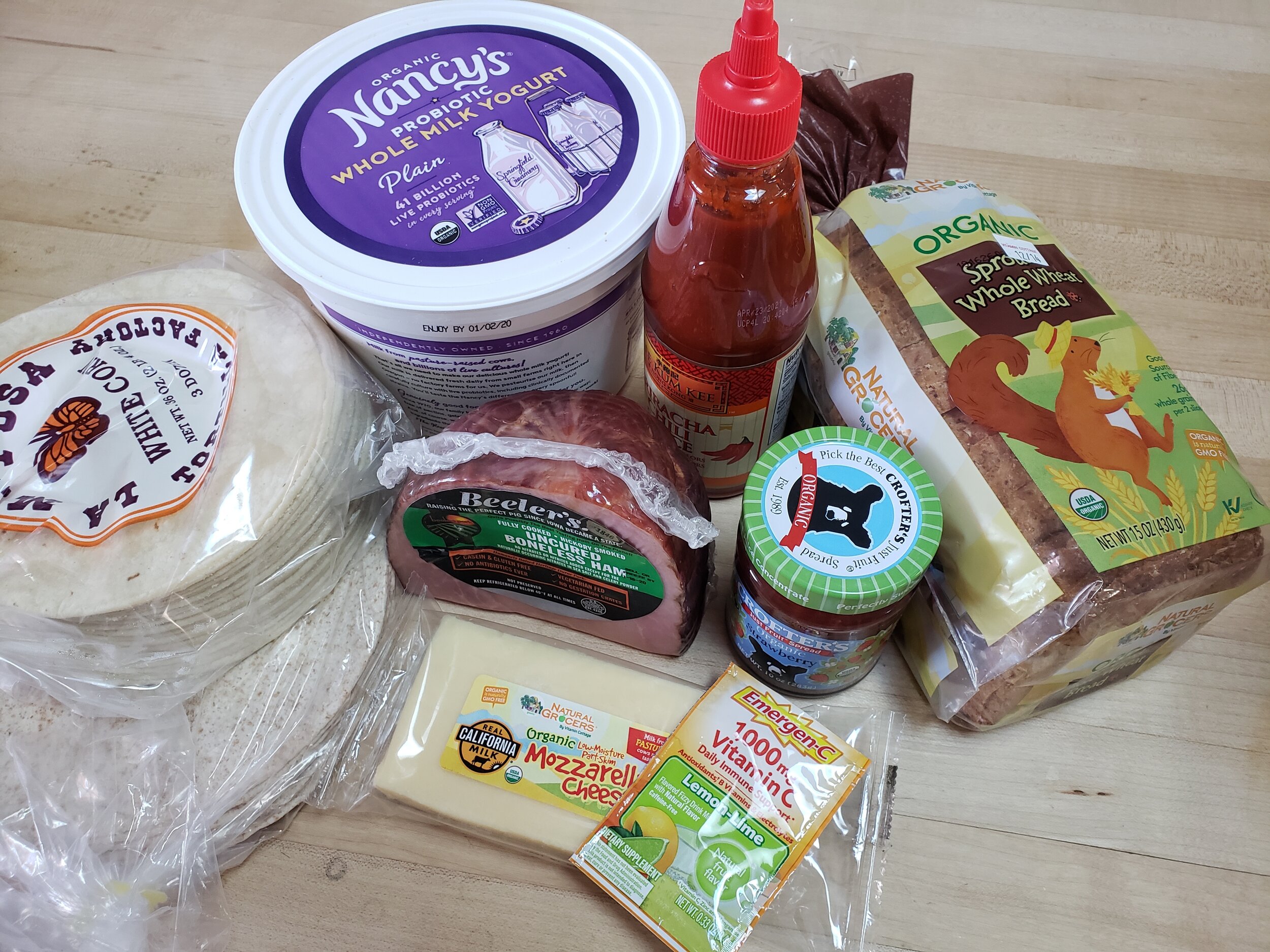New year’s resolution? It’s a new decade; I’m going big.
Have you heard of Bea Johnson? She is known for her single glass jar that fits all of the trash generated by her family of four, in one entire year. Can you imagine? I have more in my kitchen trash can—generated in one day. She and her husband are traveling the country talking about a term she has helped bring to the mainstream: zero-waste. Eco-Cycle sponsored her lecture in Boulder this past October.
As a young woman, Bea immigrated from France to the US as an au pair. She raised two sons in Mill Valley, California and started adopting a zero-waste lifestyle in 2008. Thanks to her blog, and best selling book, Zero-Waste Home (available in 25+ languages), she has initiated a global movement, inspiring hundreds of thousands of people to adopt waste-free living. A quick scroll through her Instagram account (with 247,000 followers) shows how powerful and far-reaching her message has become. The woman must be fearless, presenting for organizations such as the NATO headquarters, and the UN, twice. She’s spoken to the European Parliament, and met with the First Lady of Turkey, who is encouraging her entire country to go zero-waste. Sporting her cocoa powder blush and home-made eyeliner, she met with L’Oreal, one of the largest beauty companies in the world. And my favorite image, she marched right into present at the Starbucks headquarters in Seattle. My hero.
According to Bea, “Refuse, Reduce, Reuse, Recycle, Rot (and only in that order) is my family’s secret to reducing our annual trash to a jar since 2008.”
Refuse what we do not need
Reduce what we do need
Reuse by swapping anything that is disposable with a reusable alternative, and buy second hand
Recycle only what we can’t refuse, reduce or reuse
Rot (compost) the rest”Bea Johnson
Bea inspires me. She is beautiful, stylish, modern, and has a French accent. She makes zero-waste cool, and she provides a great framework for implementing simple changes that make a substantial difference in our consumption patterns. So, I listened to her Ted Talk, watched a few videos on YouTube, ordered a (used) copy of her book, and I’ve already started to tackle the biggest culprit: groceries.
I am a creature of habit…especially when it comes to grocery shopping. I like to shop at the same store, take the same route around the aisles, and generally buy the same products. This system has helped me alleviate decision overload, while ensuring I remember everything we need. And, shopping with children requires quick, focused decision making, right?That being said, changing the way I purchase groceries is going to make the biggest impact on our family’s waste generation because it’s food packaging that makes up the majority of our trash, and our recycling. Almost everything I’ve been purchasing comes in at least one package—often times more. Cereal, granola bars, even baby spinach. I’m now realizing it’s become a spiral that’s really crept up on me, and now that I’m opening my eyes, and paying attention, I’m bringing it to a screeching halt.
While reducing packaging makes groceries a powerful place to start making changes, budget also plays an important factor in our decision to attempt zero-waste. With every dollar we spend, we are casting a vote—we are telling manufacturers and grocers what we want them to restock. Considering we spend over 14% of our monthly budget on groceries, these dollars have purchasing power. When I spend this money on the organic, and packageless products I want, I’m making a statement, and I can put faith in the laws of supply and demand.
Now, while great in theory, what about the expense? We can’t afford to make each purchase value based, and I have been trained to hunt for sales. We spend an average of $940/month at the grocery store, which sure sounds like a lot, but considered average for a family of four, according to USA Today. So, feeling heavy with the weight of not wanting to spend more on groceries, it was a relief to hear Bea, during one of her lectures, tell the story of wanting to convert to a zero-waste lifestyle during the recession. Her husband told her they couldn’t afford it. But now, 10 years later, Bea claims their grocery bill has reduced by one-third since adopting their zero-waste lifestyle. Amazing. Thrilling, actually. A one-third reduction in cost would save us over $3,700 annually. By refusing what we don’t need, reducing what we do need, and no longer paying for packaging—we can plan to save money. It makes sense, but I’m weary that we’ll save money when I start shopping at Whole Foods. The proof is in the pudding, so I’ll be keeping track.
Finally, Bea touts that a zero-waste lifestyle not only reduces waste, and saves money, but it also comes with health benefits. While I’ve heard the trick about shopping the perimeter of a store to buy healthier, less processed foods, I’ve been hesitant to believe that chemicals from plastics leach into our food. Tupperware and plastic bags and bottles are so convenient, I just haven’t wanted to give them up, and so, frankly, I’ve avoided researching the truth. To finally learn more, I searched “Does plastic leach into food?” And, according to this article from Harvard Medical School, yes, it can. Dang-it. Overwhelm begins to set it. The Tupperware!
Well, this zero-waste process is going to take some time, and some baby steps. It’s a challenge, and it’s going to take effort, but it’s worth standing up for. I don’t intend to fit our garbage in a glass jar, or to live as extreme minimalists, but I do want to instill change in my life. I want my habits to be intentional. I want my children to know, what we do matters.
